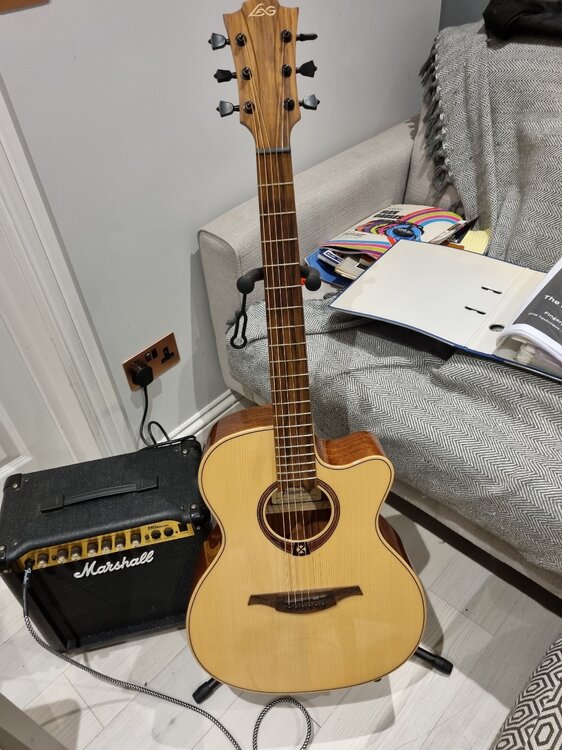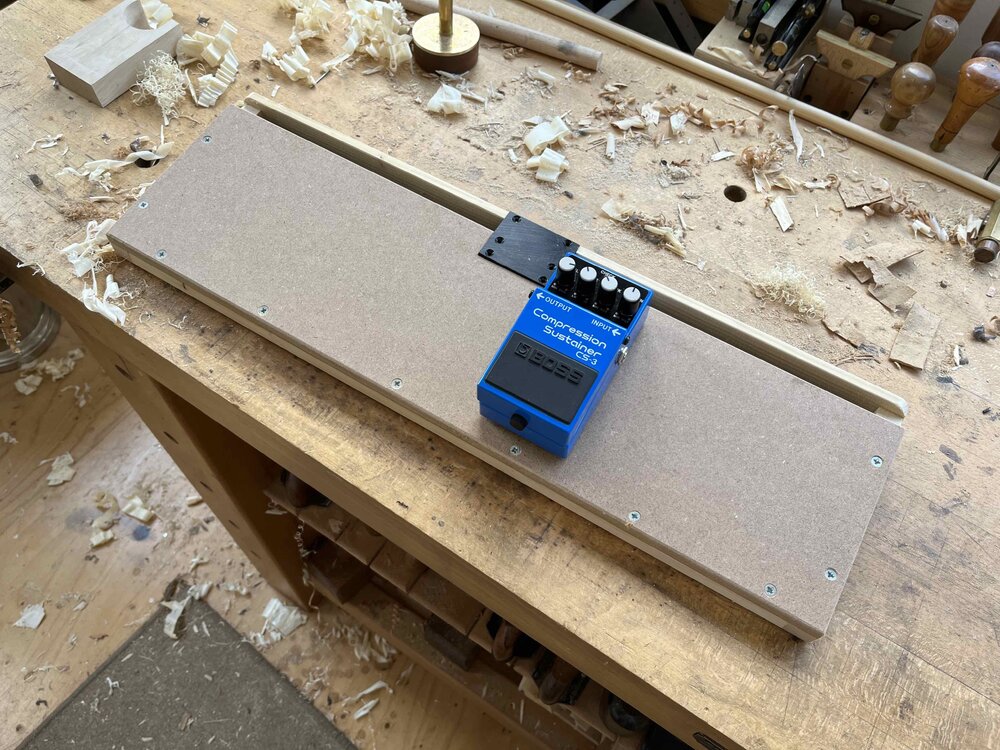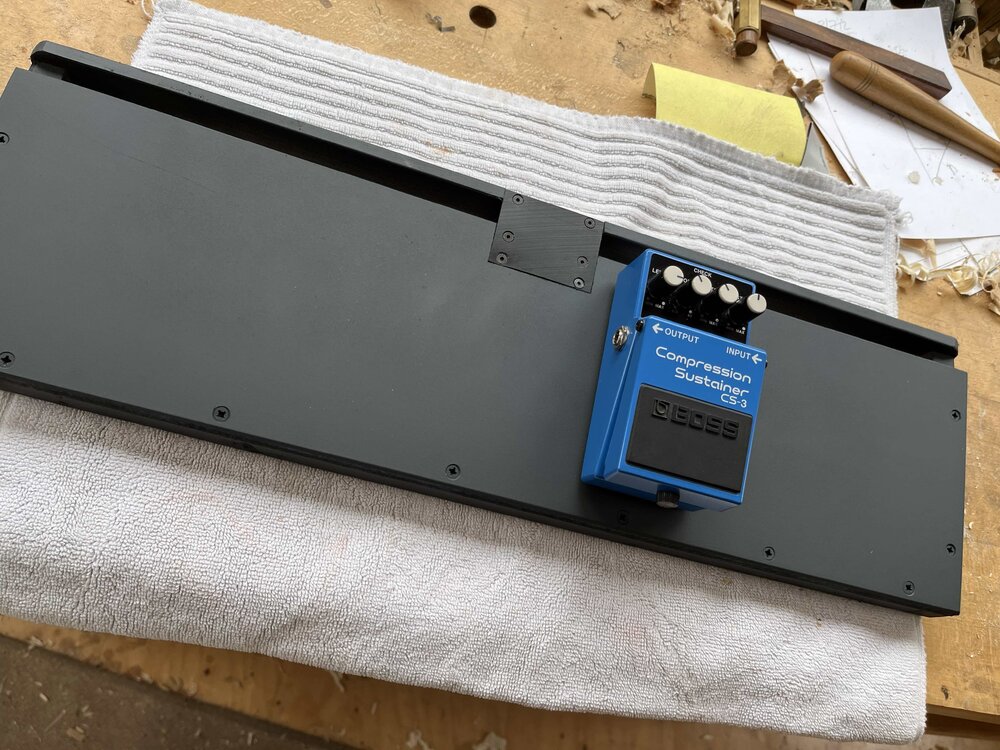Leaderboard
Popular Content
Showing content with the highest reputation since 17/04/23 in all areas
-
5 points
-
I don't think I've posted here before - I'm a member of basschat.co.uk, but after playing bass for decades, lately I've been singing and playing mandolin and octave mandolin. I don't actually play guitar, though I have a couple of guitar-shaped objects in my collection - an acoustic guitar bodied octave mandolin, and earlier this year a local guitar builder converted a copy of a Gibson SG to mandolin for me. I'm currently working towards a Rock School grade 2 acoustic guitar exam... with a mandolin!5 points
-
Six months ago I bought my Hohner acoustic guitar when I decided it was about time I started to play again, I then purchased an Epiphone Gibson Les Paul Studio 2. This week my wife brought home an acoustic classical guitar that was going to be sent to the tip. I soon realised that it's previous owner had restrung it incorrectly with the strings fitted in the wrong order, there is also a little damage to it but I figured for the price of a set of strings it was worth messing about with. Three days on and aside from the new strings taking a while to stretch its not a bad little thing to mess about with, and I have been trying a few of the easy classical pieces that I used to play. All very basic stuff ( probably aimed at primary school leve) but I am enjoying it!5 points
-
And...it's finished!!!! The 'last few jobs' always turn out to be a 'myriad of final jobs. Anyway, all sorted. I'm passing it across to Alex tomorrow - I will try and get him to do a bit of recording at one of their band practices but, in the meantime, you'll have to trust me when I say it sounds great . Although it is just a small wiring change and no hardware change, I've opted NOT to go for the P-rails standard wiring system which gives: Full series humbucker; parallel humbucker; P90; Rails. I've used that system in a number of my own gigging guitars and I found that: - the fact that both pickups are always in the same configuration for the four options is actually, ironically, quite limiting. I was always hankering for, such as, 'neck pickup full series humbuck for the depth, mixed with bridge pickup in split coil mode to add a bit of extra treble and dispel any muddiness' and similar - I also never, in practice, used the rails by themselves...not enough ooomph - and I never, in practice, used the humbuckers in parallel...not enough depth I talked that through with Alex and, for kickoff, we decided to have a standard split coil option for both pickups where the operating coil in each case was the P90. So he can go full series humbucker with 3 way options, P90 with 3 way options and one (either) pickup P90 and the other series humbucker. It's a 30 minute job to change the wiring to the 'P-rail standard' options if he wants to try that in the future. Anyway, here are some of the arty-farty finished pics: Thanks again for watching this develop and your kind remarks along the way5 points
-
Decided to get the Epi Les Paul 60’s Standard in Bourbon Burst I had looked at PRS but decided this is what I wanted. Out of the box the quality, setup was spot on and amazing for a £500 guitar. Sounds excellent and pickups are very good and sounds great clean and overdriven They have definitely improved since I owned an Epi Les Paul Plus Top Pro about 10 years ago this is as close to Gibson quality you can get without the price tag ! Awesome guitar4 points
-
4 points
-
I picked up a super cheap Ibanez S670 with a fake body for 1500RMB ten days ago and went about upgrading, fixing and customising it with chrome Gotoh hardware and Dimarzio Satriani signature pickups. I wanted to do a Chromeboy painted finish but it's not possible to do it well on wood bodies. The original Chromeboys had finish cracking and bubbling issues do to wood expanding and contracting with seasonal changes, the follow ups had bodies made of lucite not wood. So I did the next best thing - bought a load of mirror vinyl wrap online and found a friendly auto wrapping firm to do it for me after my own attempt failed miserably. The reflection isn't 100% sharp but only really noticable when you are standing closer than 5 meters. I'm planning on using the guitar for a show coming up on Jan 11. The good thing of vinyl over paint is that I can get it re wrapped if it starts to look a little worn.4 points
-
To better appreciate this event, I would refer you to a previous post here, where the 'back story' is quite fully related, so doesn't need repeating here. Skip it if you're in a hurry, but you'll be missing out. Soooooo... I've just, in the past few days, taken delivery of a new (to me, but not quite...) guitar that has been on my 'bucket list' for over half a century. A fellow member of our sister site (Basschat...) passed me a link to a site where this quite rare guitar was for sale, in Sweden. After looking up my finances (it was not cheap...), I contacted the Seller I 'bit the bullet', and, after some tractation over acquisition of a hard case for shipping, it finally arrived, safe and sound, snuggling up nicely in a brand new case. 'OK', I hear you ask, 'but what guitar is it..?' You'll have guessed if you'd read the post in the link above; it's a Hofner President Thinline E2 Florentine, from the late '60s, the same model that I foolishly 'let go' in my stoopid youth. Yippee..! Here's the photos I hastily took as it arrived... Pleased..? You betcha; pleased as Punch. I'm now struggling to get back to where I was, all those decades ago, trying to play a chord-melody version of 'Misty'. By a horrible coincidence, I had trimmed my nails, on both hands, and will have to wait a while before playing that way, as I have done since year 'dot', with only fingers, so I'm struggling at the same time with the use of a plectrum. It's all good, though, albeit extremely slow going. I have a Chromebook for displaying a Pdf of the version I'm using (from a Sandy Sherman YouTube video; just about the best and most accessible I've seen...), but as soon as I think I've assimilated a few bars, I turn the page to continue, but have forgotten it when I turn back again. I'm using my usual method of learning the 'outro' first, so that I'll be working into 'known' territory as I move forward, but, for now (it's been only a few days, but...) I'm finding it quite a job remembering only these dozen or so bars. It'll come (it has to..!), and I find the neck of this guitar to be exactly fitted to how I play (perhaps 'muscle memory' from all that time ago, when I learnt on that first President...). Anyway, enough rambling; back to the Chromebook for another session. I'll see about better pictures if/when the weather picks up, for outdoors lighting. Bye for now... Douglas4 points
-
Son(16) is a fan of King Gizzard and the Lizard Wizard. Cheap Squier Bullet Strat from Cash Converters and a Most-Marvelous Inter-Fret Job by @Andyjr1515 fella who sits (slumps!) at the bar in the BassChat Arms... (Blah! Blah! and Pics in a BassChat Tech&Repair post) https://www.basschat.co.uk/topic/496955-microtonal-fretting-microwhat-but-sorry-not-on-a-bass/?do=findComment&comment=5264843 When 12TET and 20 or so frets just arn't enough... go 24TET and over 40 frets to play with!4 points
-
Thanks everybody for your answers and contributions. Made some interesting reading, and some great model photos. Just before Christmas, I privately bought a Marshall amp. The owner asked if I would also take his old black and white Strat off his hands too for a meagre £30.... It was an exact double of the one in my original post with identical headstock and weight. Well...you can guess the rest! Cheers again for all of your input.4 points
-
4 points
-
I've recently bought a HB PB50 bass. I rolled the fingerboard edges and gigged it last week. £105. unbelievable4 points
-
And bringing it up to the present state of play... To balance the purple of the headstock and fretboard, I added a slice of purpleheart to a cut block of ebony and carved the beginnings of the bridge. I also cut the fretboard end to where it will meet the soundhole: Next, I turned my attention to the decoration around the soundhole. Although you have to be a bit canny to maintain the accuracy, I actually find the Dremel radius accessory reasonable for this job: I used a 1mm bit to cut a circle at the centre and wrapped some 1mm b/w/b purfling into it after running a teeny bead of glue onto the bottom edge. After scraping the excess purfling off, I drilled an offset radius tool spike-hole that will be used to put in a second, larger offsett ring (you can just see the pencil check marking offset and outside the installed ring): And then another radius tool spike-hole in between those two to be able to cut - using a 3mm bit - a mid radius to create an offset channel for some curved abelone that, all being well, would fit in between the two other rings. It worked!! And finally, the radius tool spike back to the original hole, but at a slightly smaller radius to now cut right through and create the sound hole : And that's how far I've got so far. It's dinky, isn't it!!!! : Next job is the bracing and 25 foot radiusing of the top. Other pesky distractions mean that it is likely to be into next week before I get to that - but when I do, I'll be sure to post the progress4 points
-
And here it is!!! Set up is lovely, and it was practically in tune (I will have to get used to the locking tuners). Frets feel like a tiny polish on top needed, but playing in will deal with that. Neck is gorgeous, and I love the firemist colour. Either a very, very almost imperceptibly tiny ding on the headstock, or a miniscule imperfection on the headstock finish, but that's the sort of thing it'd get in a few days' use with me, so.... Overall, a stunning piece. The gig bag is surprising good, much higher quality than I expected, and the 25th logo inside it is a nice touch. Highly recommended. I still hope they do 5his soec in the CC colours going forward, as a DLX model.4 points
-
@Richards Guitars... I am one of several Moderators of this fine Forum; this task has been very simple for several years past, as the folk here are a great bunch. We enjoy the occasional bout of banter (whilst remaining civil, naturally...) between friends that are used to each other's little ways and foibles; nothing wicked or hurtful. If there is any doubt as to any posts here, there is, top right of every post, three little dots (...), from where it's easy to create a Report. Every Report is brought automatically to the attention of the Mods and Admin, and what rare issues that do crop up are handled with serious and diplomacy. Feel free to avail yourself of this function at anytime (this goes for all that read this, naturally...). This site is an extension of Basschat.co.uk, which has been active for many decades now. Here, things tend to be a little slower-paced, but there is a healthy cross-over from one Forum to the other (many here are members of both...). This leisurely pace suits us fine, so don't be surprised if some replies to posts come only after a few days. I'm usually here sporadically several times each day, but then again : I'm retired, so... Glad to have you aboard; meanwhile... Have a wonderful day. Douglas4 points
-
My loyalty sale HB DC Jnr. At £128, it cost less than I've seen tgem go for used.... I did wonder if QA might be a little more flexible at this reduced price, but the sole flaw I can find is that one of the screws on the back of the bridge is cery slightly angled. As with the MR Classic, the bridge feels a little cheap but perfectly functional; I'm not anticipating replacing it in the foreseeable. In the medium term, I want to add a totey guard for a Johnny Thunders vibe. I'm halfway tempted to switch the knobs for dice knobs as well. Overall, It's ridiculously impressive for the money. Great set uo out of the bix just needed tuning. Not a sniff of fretsprout or a sharp fret anywhere. This is what impresses me most at this sale price. Back when I started playing in 1991ish, the most basic, plywood Strat type cost more than this new (even without taking inflation into account), and wasn't always as good as this. I'd put it on a par with the Epiphone model. To really go a step up, I'd need to be looking at sonething like Maybach or a Gibson; the problem with those is that it always felt inherently 'wrong' to me to take what is by design a simple, budget instrument and inflate it to "luxury" level. The one thing that I'd like to see Thomann do better is to get the TV yellow colour right. I *might* have paid full rather than sale price over this one for that (throw in stainless steel fretsand it would be a given), but all other things being equal, if it was just the colour I wouldn't replace this one with another for that, which auggests it's not really that big a deal.... Thomann dodo a small range of "tribute" guitars, basically unofficial quasi sig models.... if the MR Classic is a great base for a Johnny Ramone tribute, this and the Fat version should surely provide a great option for a nod to both Johnny Thunders and Mick Jones circa 1976/77 especially. One thing I'm really impressed with, as on the MR, is the neatness of the finish around the headstock, where the black facing meets the colour on the rear.4 points
-
I believe it's a First Act Delia. Reminds me a bit of a Hofner Verithin (sp?).4 points
-
Well, on the final furlong. Basically, the finishing is finished and now just have to do the shielding, fretwork, electrics and final assembly/setup. The final stages of ebony sand-only and alder/maple Tru-oil slurry-and-buff is coming out nicely:4 points
-
The quick answer is yes I am happy and have become even happier as my skills have developed. I guess in retrospect I should have asked more how would a more expensive guitar reflect in feel and my playing. I was lucky enough to come across a rather nice Epiphone Les Paul Studio electric guitar for what I have been advised is a reasonable price, there is not a mark on it. The same guitar tech that checked the acoustic changed the pick up switch for me and he is suitably impressed with my purchase. And bonus a work colleague gave me this little amp.4 points
-
I spent some time this morning with the guitar strung up and on a strap for me to 'fit' the neck profile to suit Alex's style of playing. Basically, he played, I then scraped material off the neck haunches and then he tried it again. This was repeated over an hour until it 'felt right' for him. We can do further tweaks once it's finished and he can play it with amp/etc but it's probably close enough for me to start the final sanding, which I started this afternoon. As folks who have watched other builds will know, I often use some Tru-oil slurry and wiped to act as a grain filler and also as a reveal coat... to spot dints and lumps or sanding marks that are difficult to see on dry sanded wood. The good thing is that it also lets bot Alex and me see how the final colours and grain are going to turn out to be. I think it's going to be quite nice:4 points
-
Well family stuff and domestic 'projects' largely clear and so I'm back to the build I'm not quite at the final furlong stage, but certainly getting closer to it. Next jobs were to finish the rough carving on the back and getting ready to sort the control chamber hatch. For the carve at the back, because it's curved, I am mainly using the larger of the two round-bottomed Ibex thumb planes and also the gooseneck card scraper: Don't let anyone tell you the Ibex planes are toys - they really are precision planes: Those curly shavings are rock maple and ebony! I used a bottom bearing rebate router bit to follow the chamber and mark the outer edge of the rebate - but the curve of the back makes it difficult to get an even depth of cut and so the rebate was cut to final depth using carpenters mallet and some sharp chisels. Done, ready to create the paper template and cut the hatch:4 points
-
Couldn't resist doing a full mockup. In elapsed time (some pesky family commitments getting in the way ) this is probably around 4 weeks away from finish but, from the front view, it's getting pretty close. In the third pic, @Matt P, I also gave the top half a wipe with a damp cloth to show what the final colour will be. Seeing this, I'm certain tru-oil slurry and buff satin finish is the way to go :4 points
-
So why are the body wings so deep? Well - because the body cross section is going to have some curves. Mind you, that will mean a LOT of carving - and I will creep up on the final shape and let the guitar show where it wants to go... Here comes in play one of my favourite hand-tools - the Veritas Pull-shave. I think it's designed for scooping out wooden chair seats, but it's ideal for this kind of job: But I also use the block plane, razor planes and cabinet scrapers. Off and on over a few days, it's starting to take shape. Carve here is probably 50% done for the body. In between carving sessions, I also added frets to the (still unglued) fretboard:4 points
-
I cut the top ebony around the pencilled line of the fretboard end which allowed me to lay the fretboard on the angled neck and position the top. I drilled a couple of positioning holes in the middle of the pickup positions which, with the addition a couple of kebab sticks will stop the top from floating around as it's being clamped when the glue is applied: That meant I could check that the neck angle is going to be correct for the height of a standard tune-o-matic roller bridge: And so what about the end of the fretboard that is hanging in mid air? Well, of course the offcut from the neck blank when I cut the neck angle in the first place is going to be the correct angle. So I will be able to cut a short ramp from this (ignore the odd shaped headstock in the background - that's not connected with this project ) I will also be adding a demarcation stripe of maple between the alder and ebony: And so, with the kebab sticks positioning everything until the clamps were all on and then removed before the glue set, the clamps can now go on! :4 points
-
This is going to be a through-neck and so the first thing to do is, generally, to sort the neck. 'Sort' means choose the timbers, assemble the laminates, incorporate the neck angle into the blank, calculate the headstock angle, calculate the body depth and the neck depth... ...but you can't calculate the neck depth until you know exactly what the fretboard thickness is. So, actually, that's where I started - by radiusing the ebony fretboard blank using the excellent G&W router jig: Then fifteen minutes sanding with a sanding block removes the router marks: So now I can do all the neck calcs and cut the maple/ebony/maple blank: The neck angle is around 3 degrees, starting from where the top body 'horn' meets the neck, and I generally opt for a 10 degree headstock angle.4 points
-
4 points
-
3 points
-
Hi there! I just joined a new band called Sons of steel. This is one of our singles: Let me know your opinion about it. Thanks!!3 points
-
This year a Joyo "Oxford Sound" pedal. So far I'm very pleased with it - lets me go straight into our PA without lugging an amp around.3 points
-
What about selling it and buying a nice gift for the donor, or explain to him that you aren't getting on with it and ask if he would mind you selling it. You could offer him all or some of the money minus any expenses.3 points
-
Here it is, about to get treated to a good clean and some new strings. Setup seems spot on but I’ll check it all and set the pick-up heights to suit. The overall finish is superb - not just for the price but for a guitar of any price. The binding is lovely and clean with no gaps or flaws that I can see and the fret ends are super smooth (the frets need a good polish though). It needs a good clean up and some oil on the fretboard and I may swap the volume and tone knobs for black ones at some point but I do think I’ve blagged a real bargain for once3 points
-
Was originally an HB TE52, but I added a neck PAF: https://i.imgur.com/nOhln0N.jpg3 points
-
I'm loving this all. For years I've wanted something very much like that for plugging in headphones or hooking up to the PC at home. I've not bought anything as yet because I'm not really interested in most of the potential they have - years ago, I bought a Vox Valvetronix (still got it). The original, blue cloth one, size of an AC30, 2x12. Thing is I only ever used one amp model, and I don't bother with the built in effects. Something like this, though, I might be more inclined towards as at that price, as long as the sound I want is good, it doesn't matter so much more of it is "wasted"....3 points
-
@Matt P Hi, thanks for the advice much appreciated. I made several enquiries by phone and email with mixed response, I have to say that some places were better than others at responding and will comment no further on that other than I recieved what I consider truly excellent service from Hobgoblin music. They are an outlet largely for anybody looking for instruments used particularly in the folk world, a couple of phone calls to discuss what I wanted and needed and within 24 hours of placing the order I had a case delivered to my ho,e address. Unfortunately my nearest music shop is now about an hour away so I do tend to rely on Internet searches otherwise I could end up driving around the south of England if I can't find what I need in one particular place. That said that is exactly what I did when I bought my guitar as there was no substitute for actually holding a selection of guitars to get the feel before buying. Back to my original point I now have a Viking case for my guitar which is an absolutely perfect fit and should keep it safe, whilst this case is not armoured or expensive, and I wouldn't want to use it I an aircraft hold for example, it will provide more than adequate protection for storage at home and the occasional trip out and about.3 points
-
A present for myself : a piezo_pre-amp kit to install into my acoustic (holes to be cut into the sides, and the capteur to be fitted under the bridge...). I'll then be able to record without recourse to a mic.3 points
-
Short snappy update as I come to the end of a consolidation phase... bigger & newer things to come in the next week or so.3 points
-
You may have seen elsewhere in other posts that I have been asking all sorts of questions ahead of a potential upgrade, well today I bit the bullet. After much research, asking questions and visiting several guitar emporium today I picked up a rather lovely Lag T88 electro acoustic for a bit more than I was planning to pay, however I am absolutely over the moon with my purchase. I hadn't visited this local music shop previously and I was delighted with the service, right down to the fact that my wife was offered a seat as she struggles to stand for too long due to severe arthritis in her knees. The sales guys listened to my story and then proceeded to thrust a selection of guitars into my hands and being as my abilities are limited took each guitar back and played the same pieces on each guitar so that I could hear the difference. I wasn't sure that I would hear much difference between guitars unless the difference in price varied by thousands rather than just a few pounds. My wife and I quickly discounted the lower price ranges around £200 and in the end plumped for the most expensive, and the clincher was that the difference between the last two was that the cheaper of the two was of natural satin finish and my final choice is gloss finish. I really liked the satin look finish but the gloss finish has a much fuller sound. When I told a guitar playing friend that I was looking to upgrade he said that you really need to hold a guitar before buying and that once in your hands you would know it is the guitar for you, these words are so true in my opinion. Finally back to the sales guys who offered me some advice on my playing and I may even book the odd lesson or two now.3 points
-
3 points
-
An excellent guitar, being sold by a well-respected member of our Forums. A no-brainer, indeed, and at a real bargain price, too. Jump on it; you won't regret it. (Good call, EZ...).3 points
-
After a few days child-minding the said special little people, I'm back in the cellar For the bracing, I am using my home-made 25 foot radius dish although, for this build, will dispense with the Go-bar deck - I should be able to get away with just clamps and cauls. The bracing pattern is going to be pretty basic X-bracing with the standard-recommended tightly vertically-grained spruce. I've taken a bit of a guess at how much to scale them down. I started with the X-brace with gluing the cruciform and then sanding the bottom curve on the radius dish: This was glued to the top with a long caul keeping the curved brace bottoms pressed against the radius dish while the glue cured : After that was set, it was time to add the other braces and sound bars. All of the braces will be chiselled to create the nodes, etc, once it has dried overnight: And here it is ready for tomorrow's chisel and tap-tuning work :3 points
-
Well, today was the big day and she loved the guitar (though she seemed to be more excited by the Batman car Lego set ). The guitar looks great and the pale blue colour goes really well with the vintage look of the Mooer amp. The only flaw I can see with it is a slight gap in the neck pocket, on the top side, but it doesn't affect the playability and she'll not notice it. The amp is great fun. It has chorus, delay, reverb, flanger and vibrato. She loved the sound of the flanger. It sounds good too. There are clean, overdrive and high gain presets (plus bass and acoustic) and a bunch of amp models.3 points
-
My first Guitarchat build thread! Oh no, say the folks who have followed some of my tortuous threads over on Basschat over the years! Yup. Another Andyjr1515 build thread...and it's a guitar...and you saw it here first My building has slowed down quite a bit - partly the pesky arthritis in my hands and partly the usual life's distractions - but there are one or two projects that have been on my list for years. And this is one of them. It is a variation on the theme of the iconic Gibson Firebird. 'Essence of' is probably a closer description as it aims to tackle some of the compromises of the original and is being built for a specific player and the specific way he plays. It's for my son-in-law who plays the excellent Epiphone Firebird. And can I make it better than an Epiphone Firebird? Of course not...but I can make it different. - lighter - easier to fret in the specific fretboard zones he plays - better on the strap and over the knee - less (hopefully no) neckdive - less flat-bodied And it's a chance to use this type of ebony again for those of you who saw the build thread a year or so back where I used it last: So off we go!3 points
-
The downside is that you will end up wearing a black turtleneck and beret, and star smoking Gitanes.3 points
-
I just put a new true tone jack in my Jackson Rhoads and it is like I just upgraded my pick-ups. This is the second Jackson I have installed these jacks into. They really do make a difference. I am so frigging impressed. I was going to install new EMG's in this guitar, but now I'm going to wait and see. That was my problem before, I just felt like there was something missing from my tone, then this morning I put the true tone jack in and bam, I have what I was searching for.3 points
-
I've updated Basschat with up to the above stages. The next couple of weeks are going to be a bit bitty - I need Alex here to fine-tune the neck profile and his and my calendars are like ships passing in the night! In the meantime, someone on Basschat was interested how the Steinbergers work - below is what I posted if it is of any interest : You wind the knob at the back until the spindle rises to the top, exposing the string hole at its base: You thread the string through the hole and pull tight while clamping it by rotating the 'T' bar at the top (the T is a simple screwed clamp): You then rotate the knob at the back in the opposite direction, which pulls the spindle down into the housing and takes the string with it, tightening it as it goes. This is the 4th string now at full pitch: Clearly, the far end of the string can be clipped at the other side of the spindle but, while I am fitting am removing the strings regularly, it is easier to leave them long. It is a very clever design and they are well made: They are as smooth as silk. No backlash and very accurate and controllable tuning. They can be placed anywhere, unlike conventional tuners that have to be close enough to the headstock side for the adjuster clearance. And so, the headstock can be any shape you like. The string is always 'at the bottom of the peg', maximising break angle over the nut3 points
-
I would say it is actually a genuine Ibanez Monteclaire. Possibly this version? https://reverb.com/item/39298717-ibanez-montclair-1965-3903-21033 points
-
New board on the way. I'd outgrown my previous mini-board due to the arrival of a Boss comp/sust pedal. This one will have one spare bay - I really don't expect to outgrow this as I tend to use a few, quite selectively (I'm sure I said that when I built the last one. Just some odd bits mdf and supermarket softwood lying around. The black insert will take a rocker switch, as my power supply is unswitched - I may have a click issue turning on (even a loud one!) but worth a go for convenience and could always mess with a capacitor across the switch (IIRC). Finish is PanzerGrau - same colour the Germans did their tanks - had a rattle can lying about (been used for some outside table legs, not an actual tank). Waiting on arrival 50mm velcro hook and the switch. Order of pedals may be (input > output) TC tuner > Boss chorus > TC Hall of Fame > Boss comp/sust > Fender Santa Anna drive > out. Supply is an Amoon btw - 8 x 9v out (enough for me) and been great - silent, robust, reliable. I rate it. I'll probably start with that order and see. Will do pic when finished.3 points
-
Before fitting the top, I have to cut the slot for the fretboard, and before I can do that I have to cut the taper, and before I can do that, I have to slot the fretboard as, in my jig, that is a LOT easier if you are starting with parallel sides. So slotting the fretboard was next job. I use another G&W tool - their fretting mitre jig: In ebony, it is pretty hard work, but over the day all were done. Then I could both taper the board and also add a couple of mother of pearl swifts at the 12th before I fret it. I tapered the board and marked in pencil where I would eventually need to 'intercept' the ebony top: The swifts are pencilled freehand onto the sliver of mother of pearl and cut out using a jewellers saw. I then pencil round the inlays onto the ebony and carefully route out to the inlays depth using the precision base for my Dremel with a 1mm bit. I double check that they fit and then I will fill the chambers with epoxy mixed with ebony sanding dust and firmly press the inlays in. And finish with a final sand with the radius block As always, thanks for looking!3 points
-
With the neck blank done, I could start trial-fitting the wings and top. I joined the book-matched ebony top and cut out the broad shape. I also cut the alder back wings slightly oversize and a couple more strips of ebony between them and the neck and dry fitted them to make sure everything was going to end up in the right place: The ebony will have a sheet of constructional maple veneer (1.5mm) as a demarcation: All good so out came the sash-clamps: The neck is the top face of the original billet and the length between the top wing front join to the tail is angled the 3 degrees to give me the required neck angle. Double check that I've got it right before the next stage:3 points
-
Folks over on Basschat have often asked why I don't post on Guitarchat, even when my builds are 6-string guitar builds. Well, up until now, Guitarchat has always been blocked by Norton on my system, with warnings of dire consequences, social unrest, pestilence and a return of Dynasty to our television screens if I were to commit such a dastardly act as to ignore their warnings. And, having had problems for years with ID fraud (it's what happens when you get your briefcase stolen from under your feet in Belgium) my banks are quite touchy about me not taking action and disregarding 'reasonable warnings of unsafe websites'. Anyway - looks like the mods have done some mods (that said, I think - and have always thought - this was a Norton quirk, not a Guitarchat quirk) because, for the first time I am able to log on without the warnings and for which I am very grateful. I am going to celebrate by boring you all silly with a guitar build thread that I'm currently on with. Don't say you haven't been warned! Andy3 points




.thumb.jpg.2f0f241a63381e5644f287abacd76760.jpg)
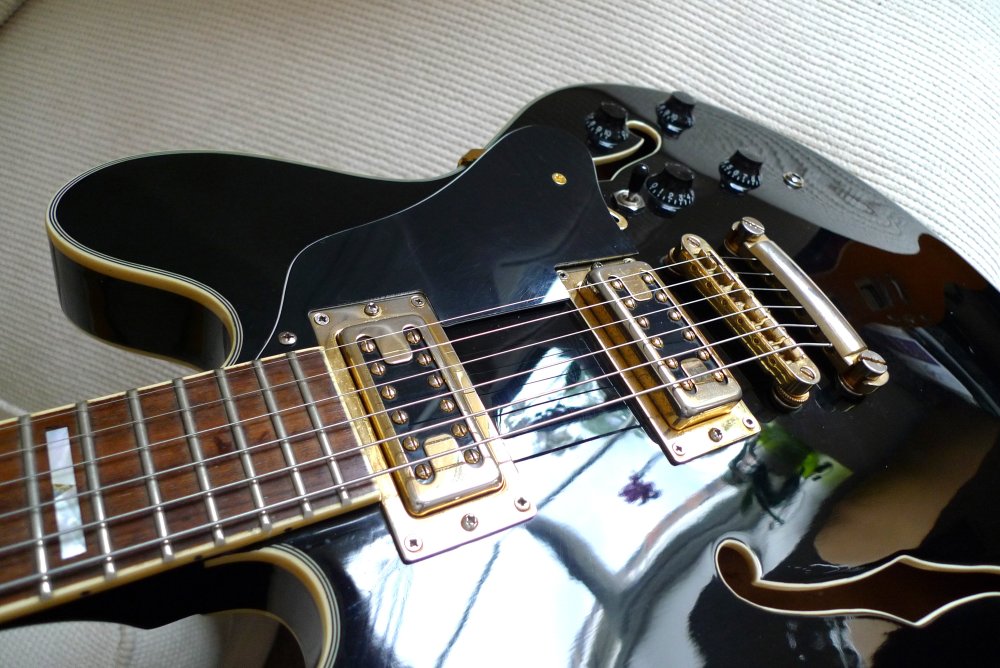
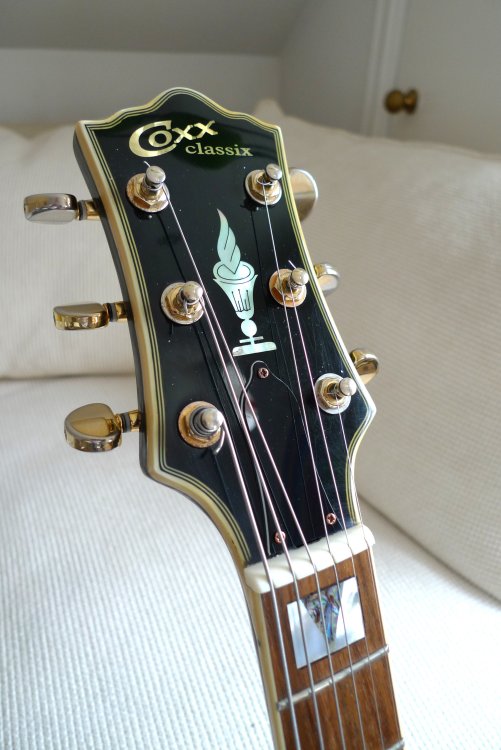
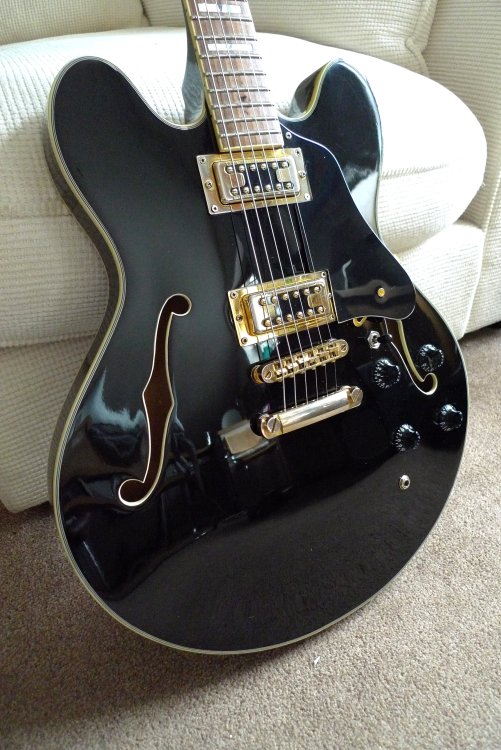

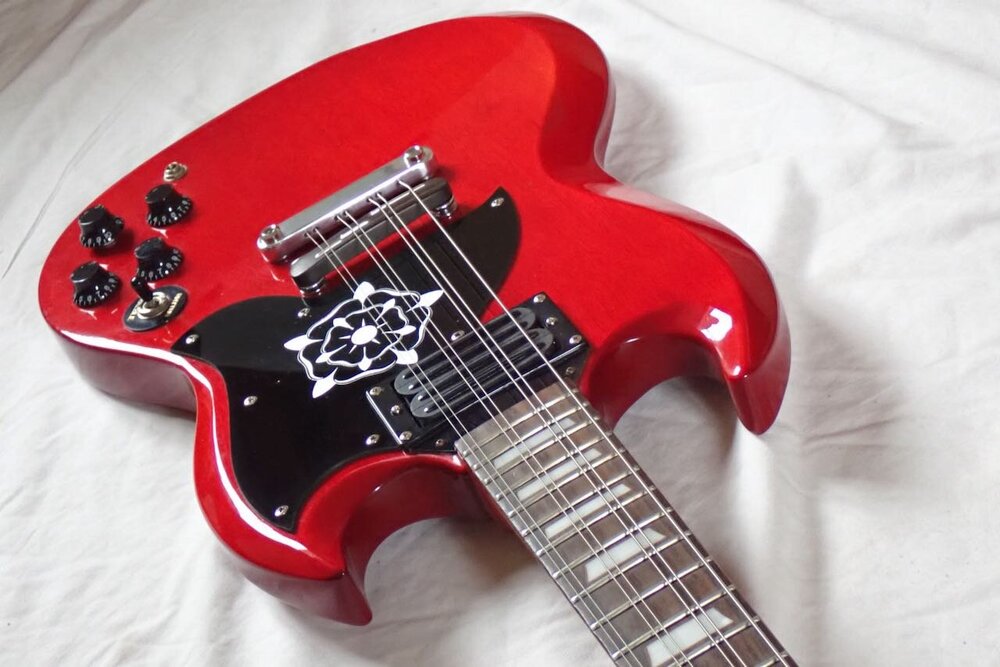
.thumb.jpeg.a8aa32423136d3f8dec9b5734642753a.jpeg)

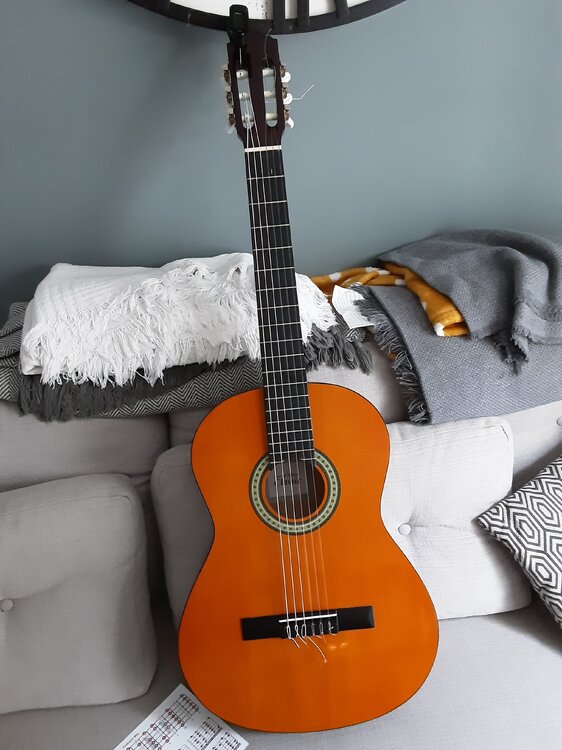
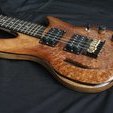
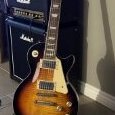
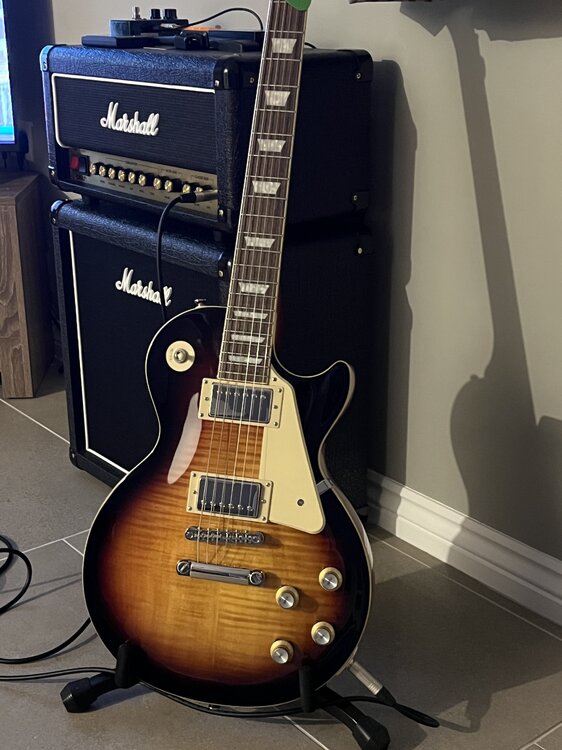
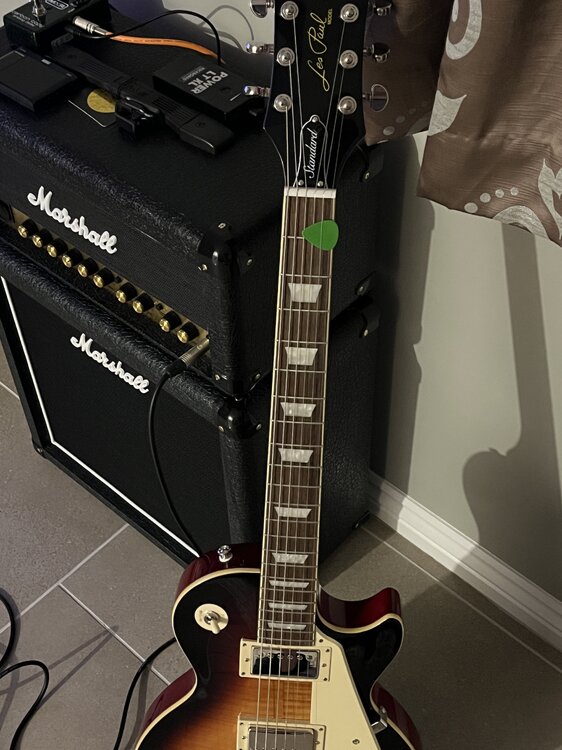
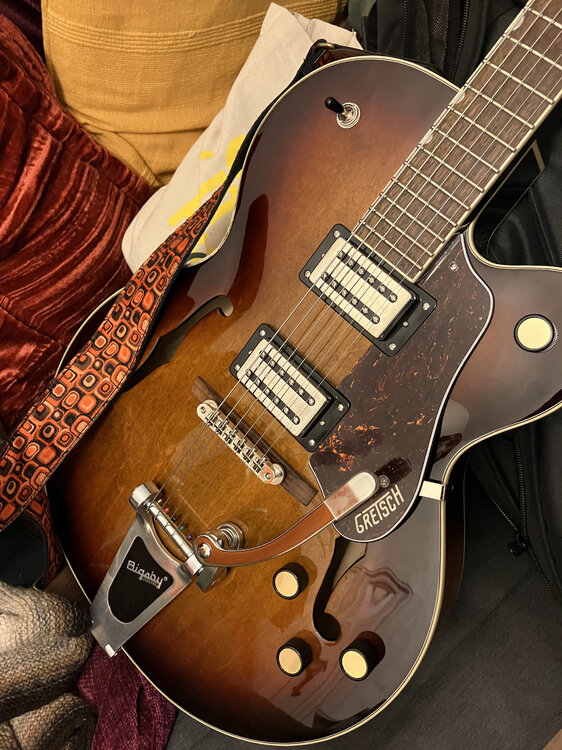
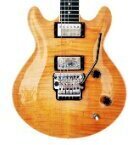
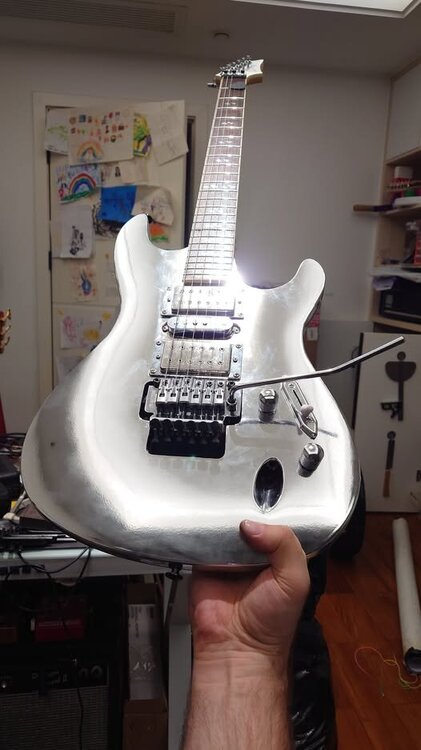

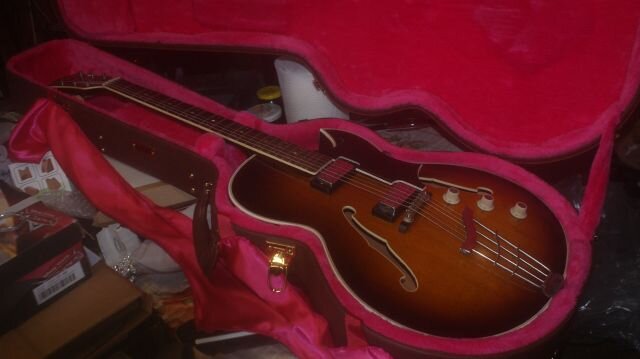
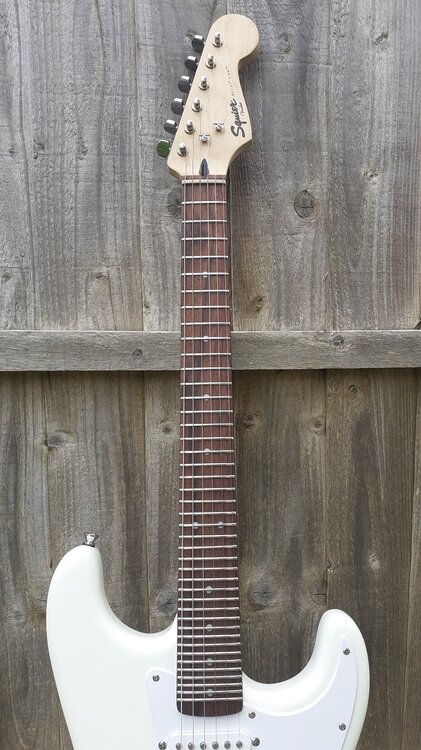
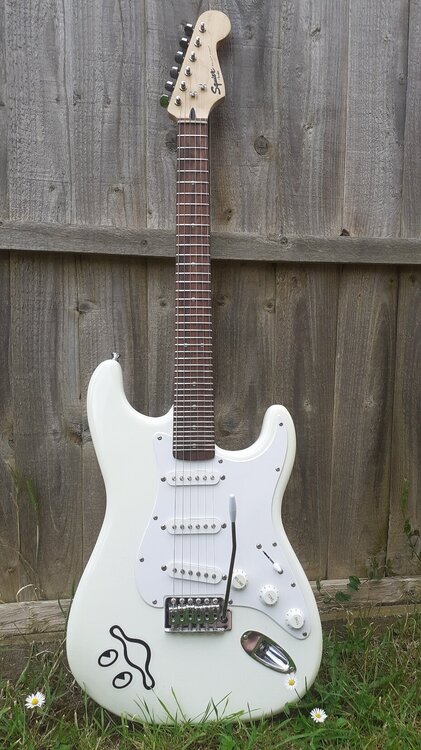
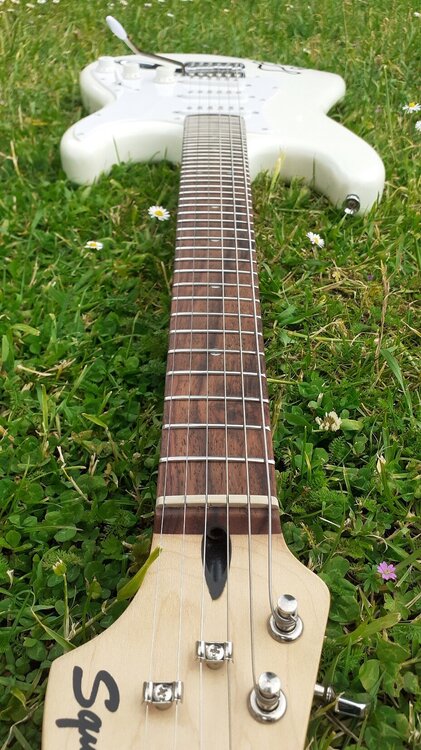


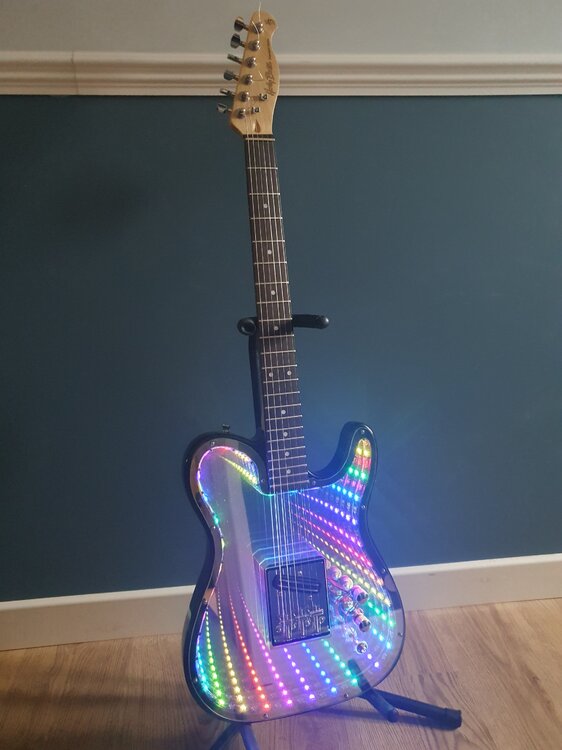
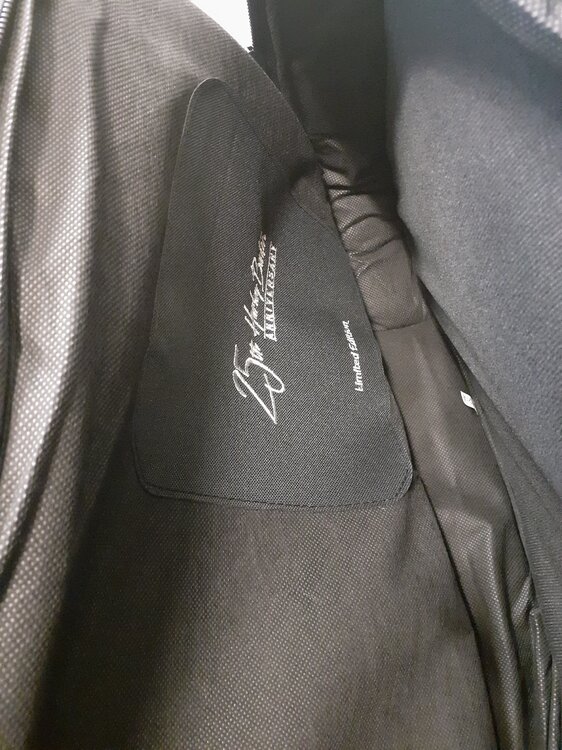
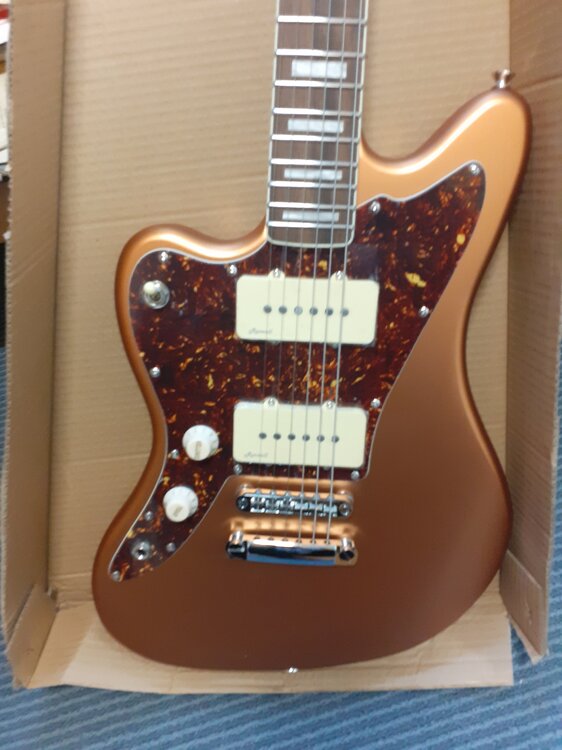
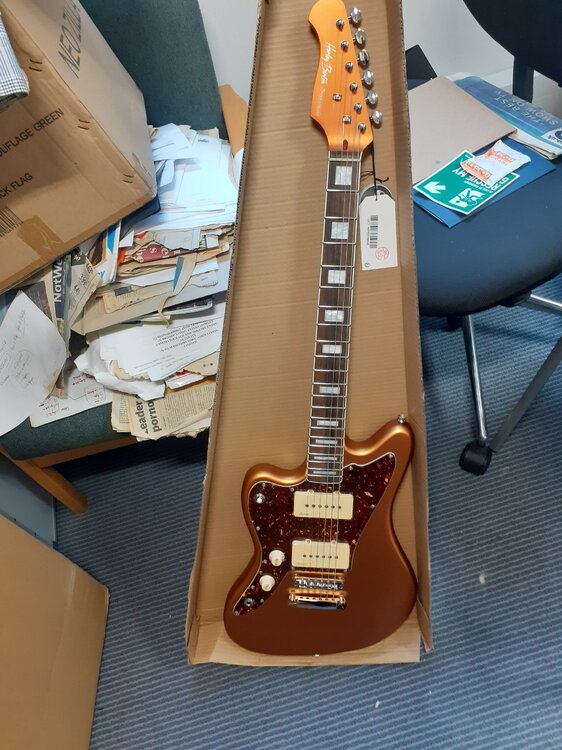
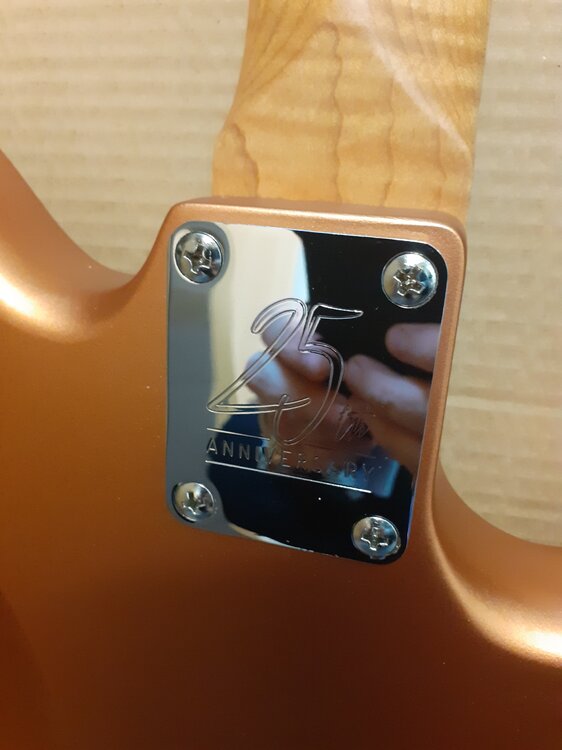
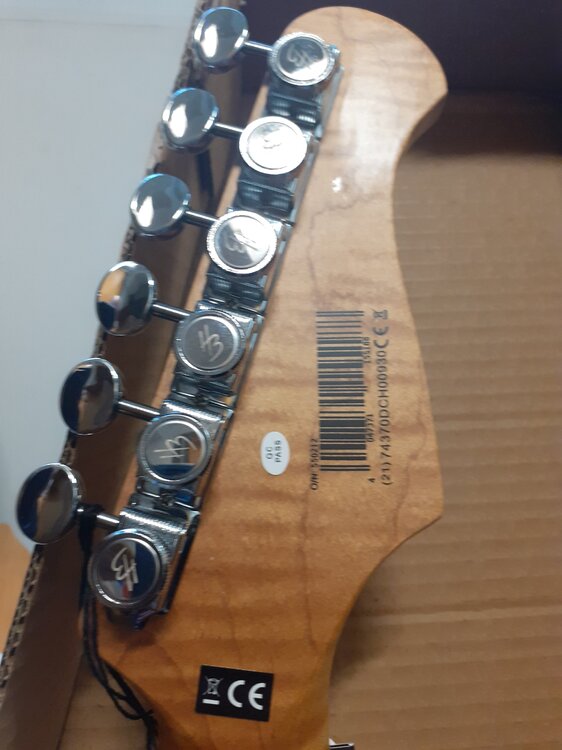
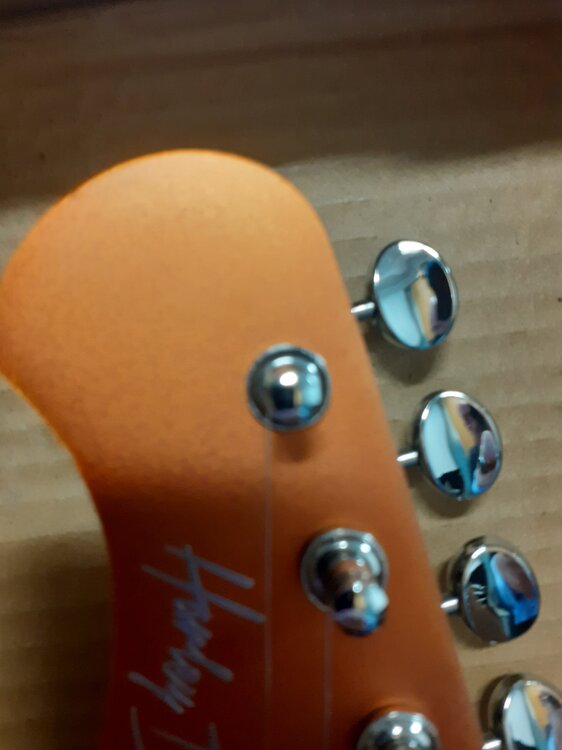
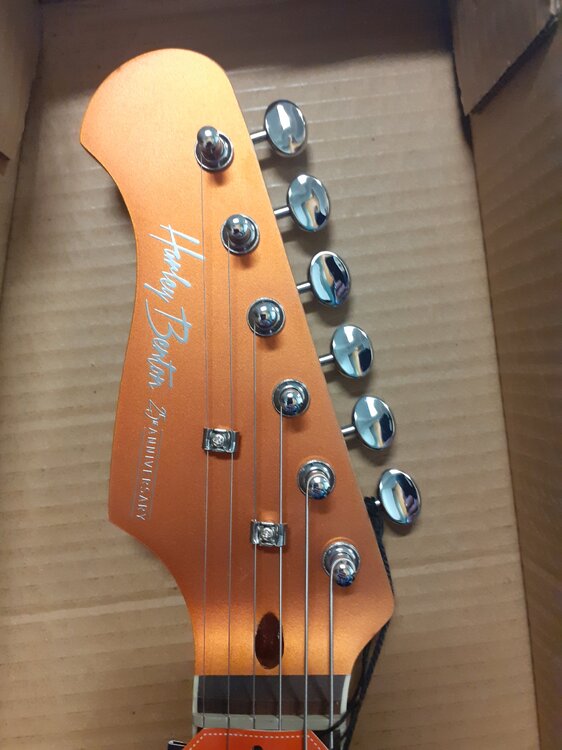
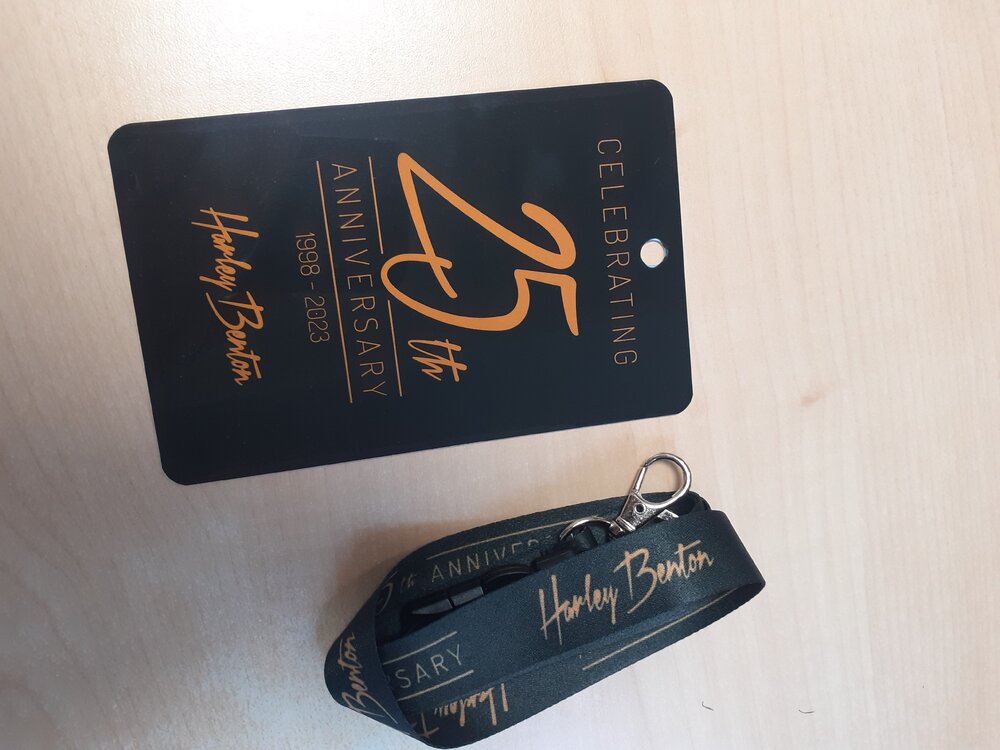
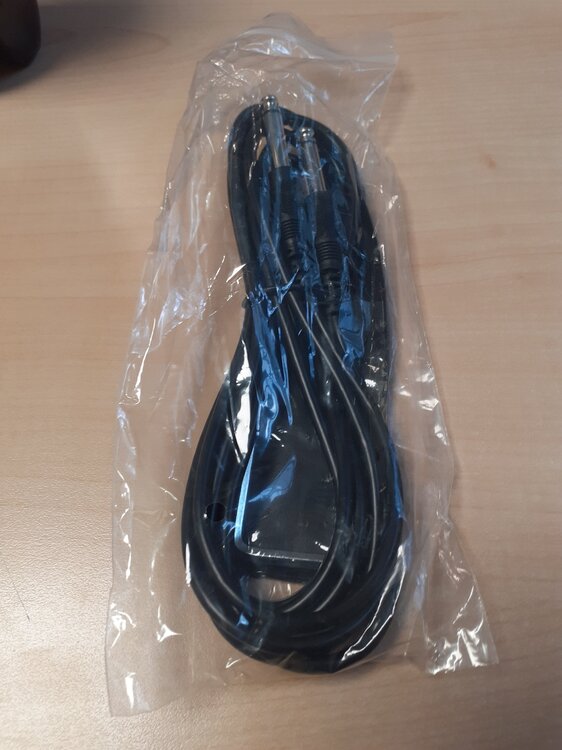
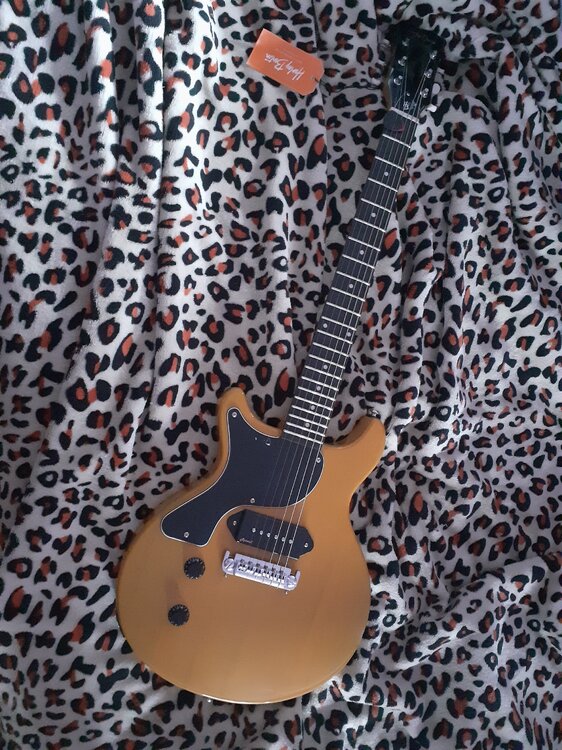
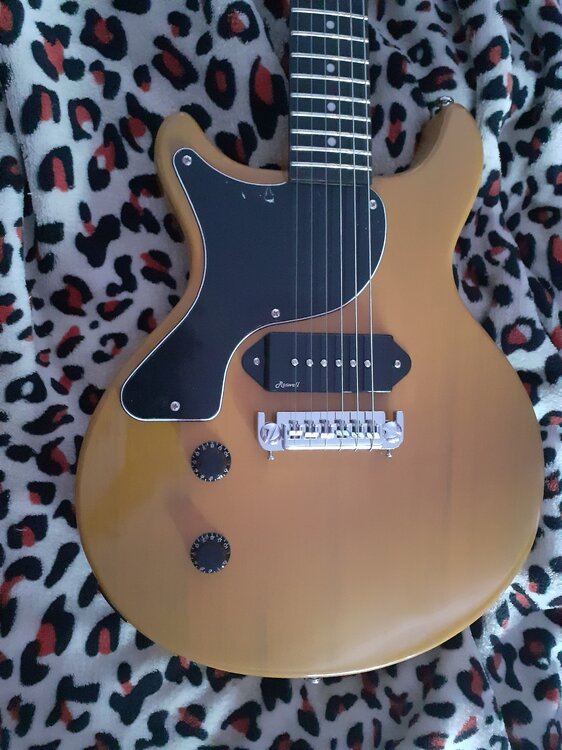
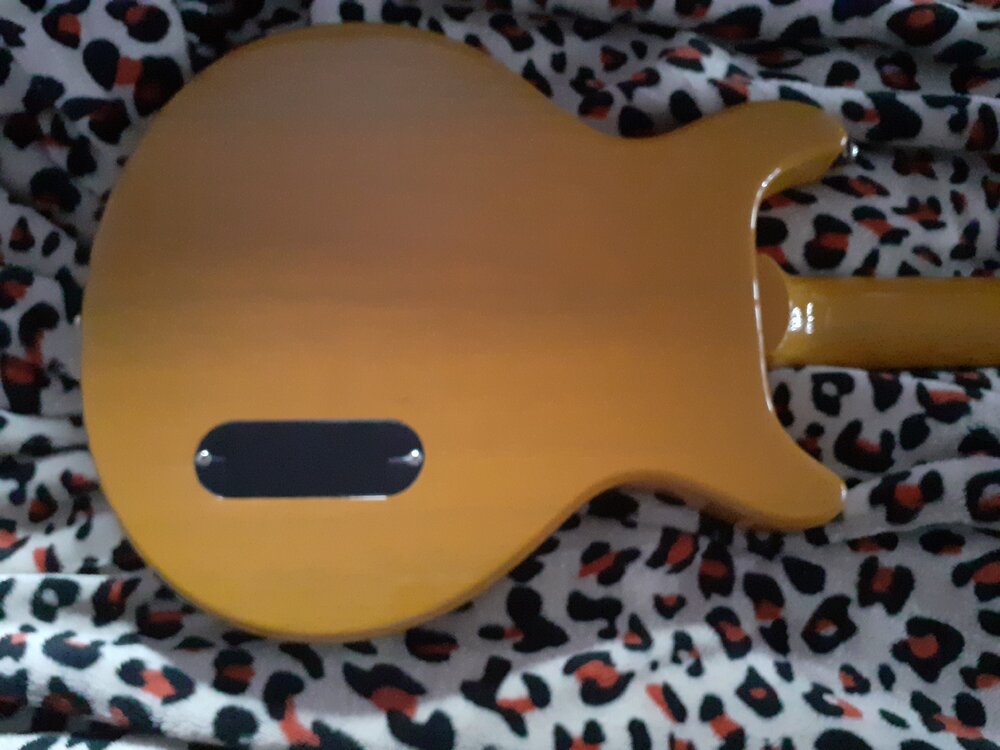
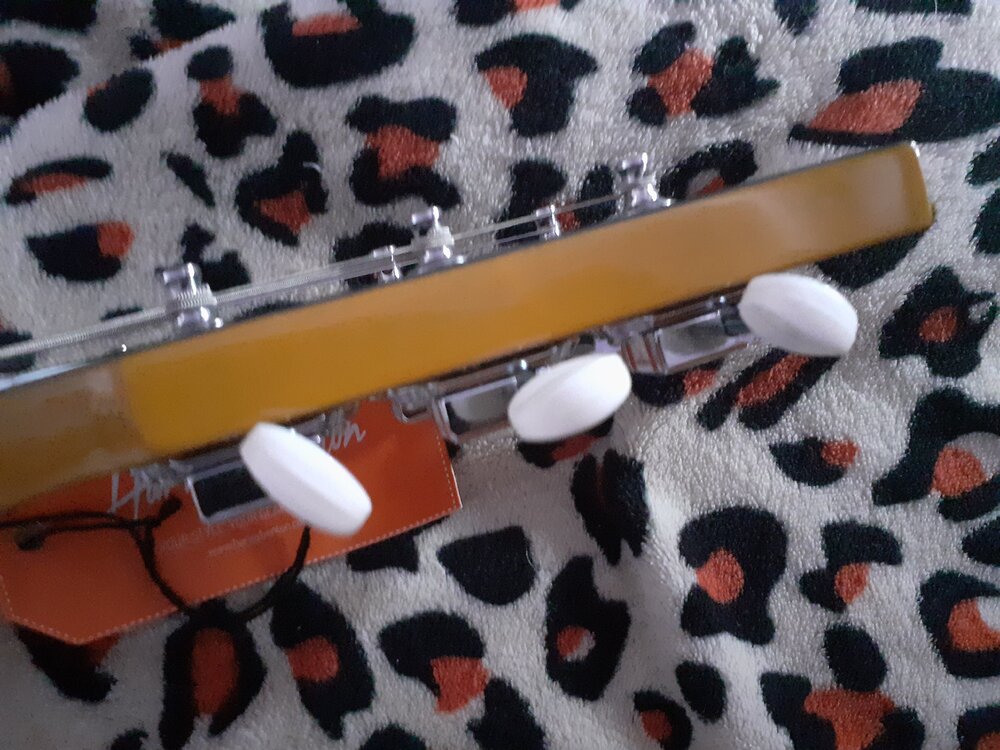
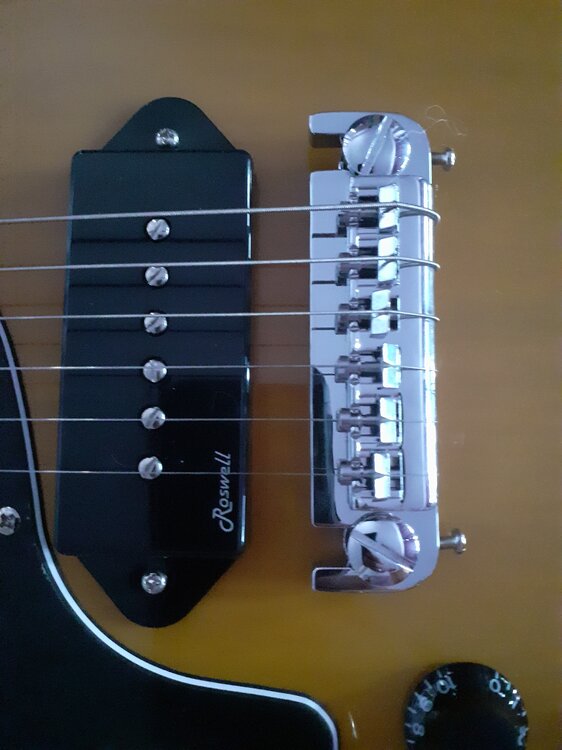
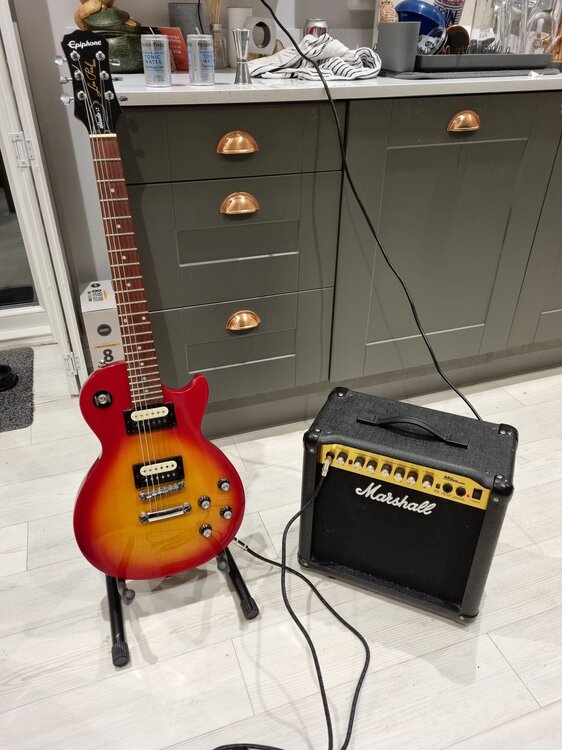
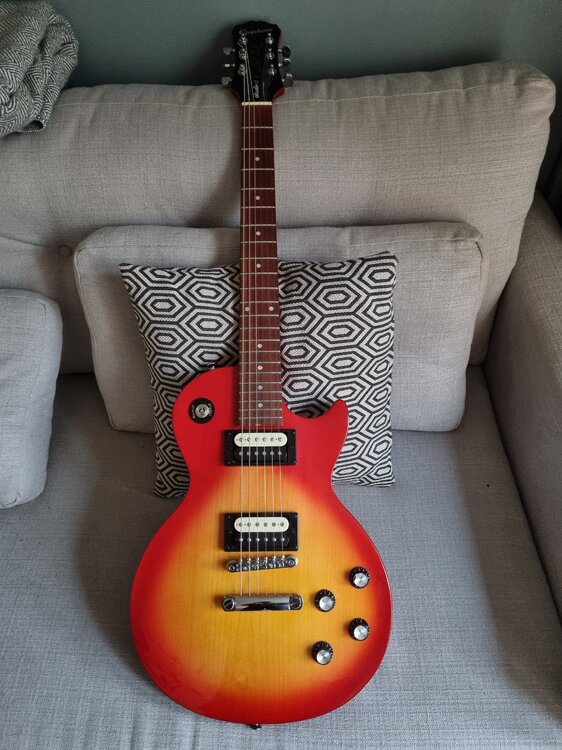
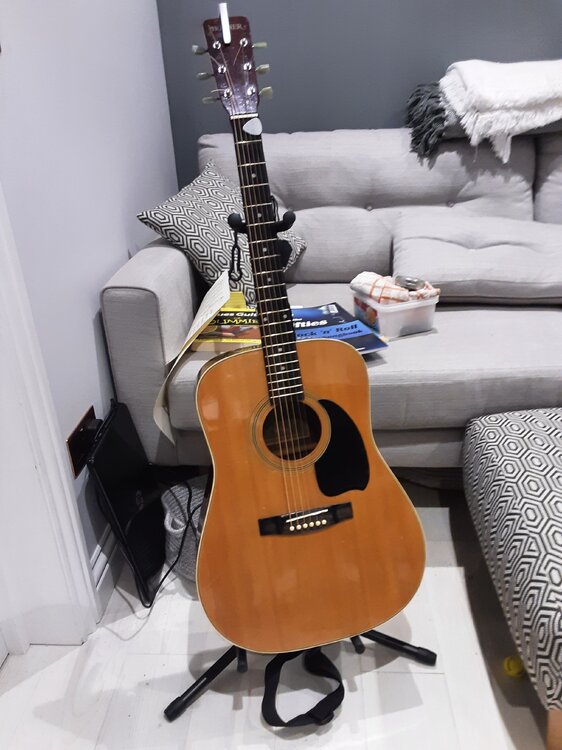

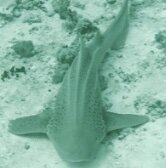
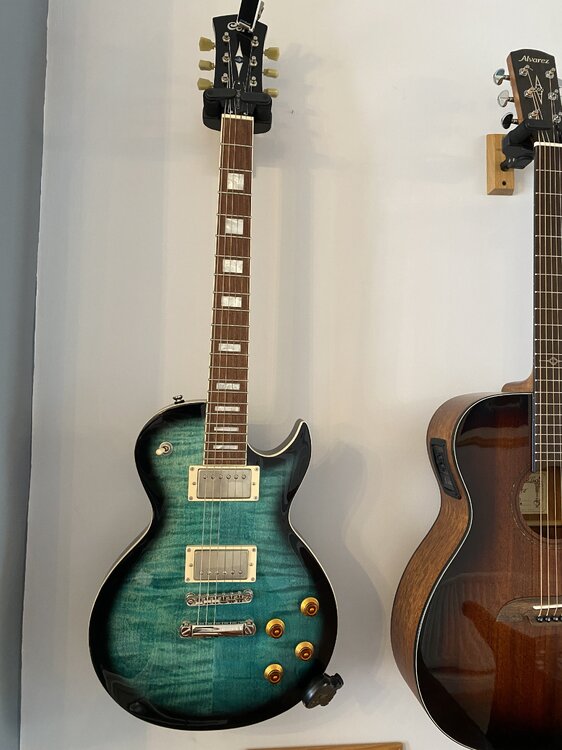
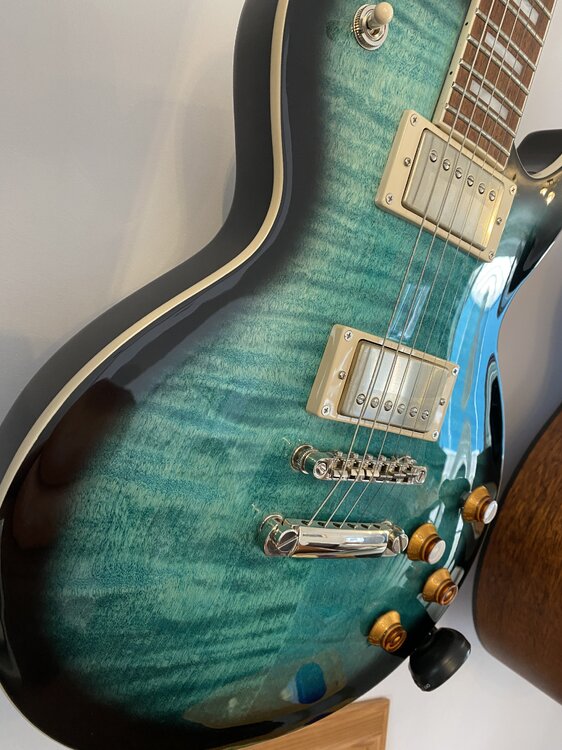
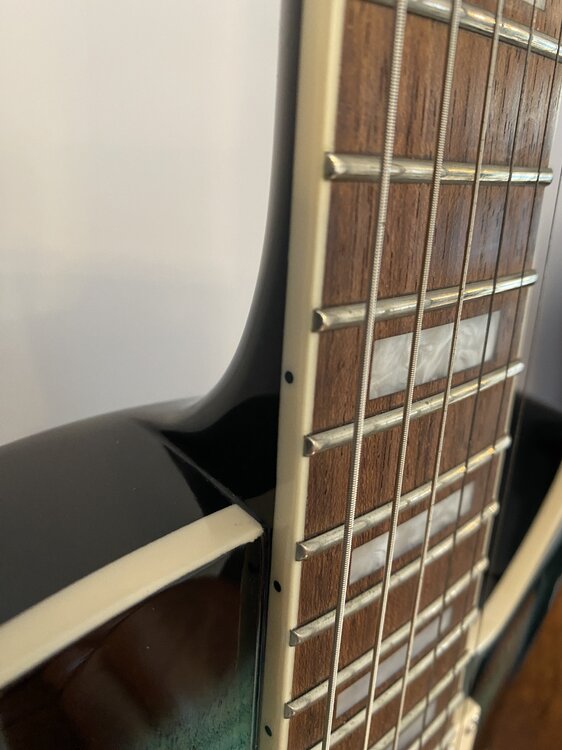
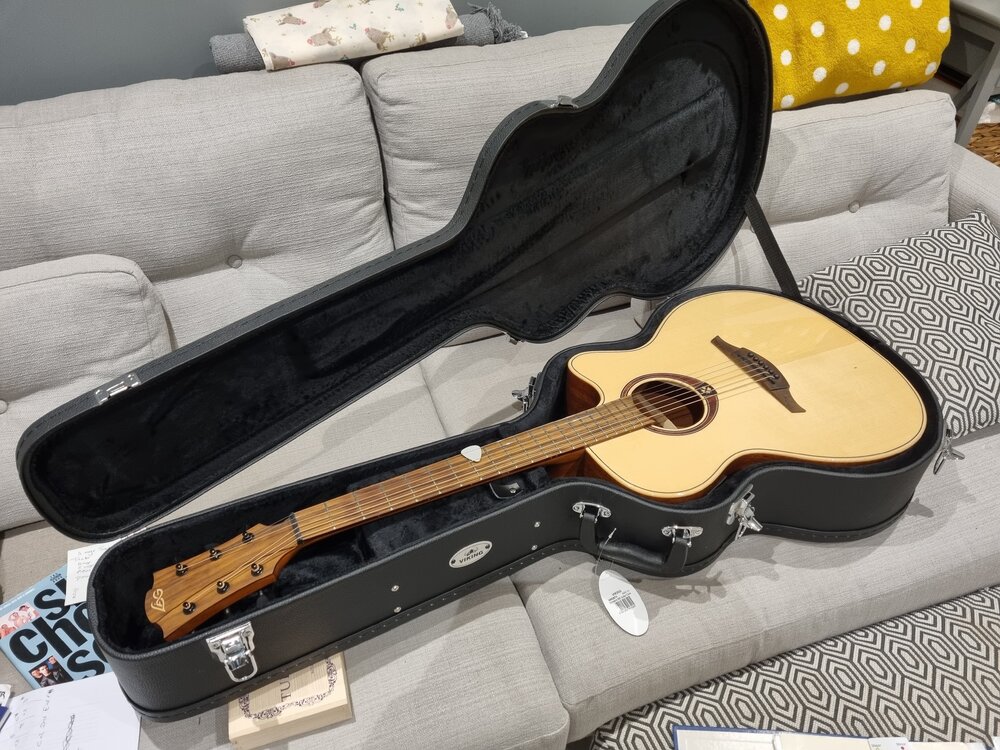
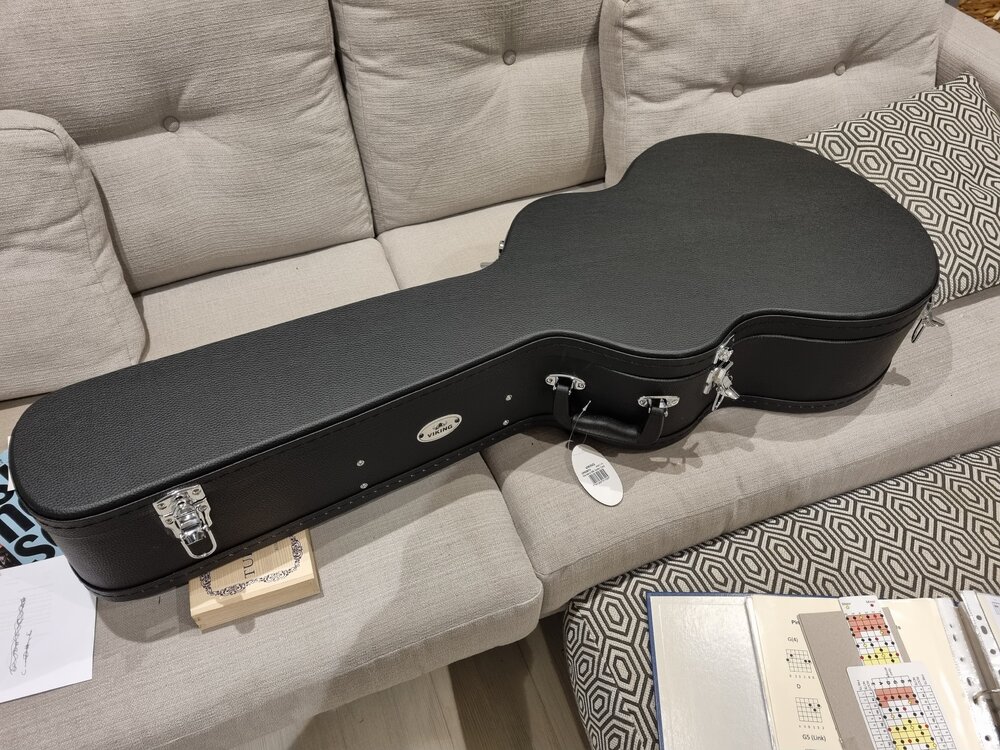
.thumb.png.5ee2f5dc8ab253d965d437b6a37cbc2e.png)
